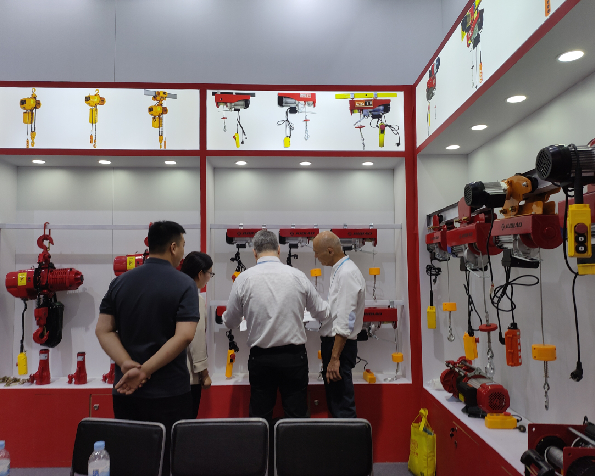Electric winches have become indispensable tools across various industries, from construction and marine applications to off-road adventures and infrastructural setups. Understanding the different types of electric winches available and their specific applications can significantly enhance operational efficiency and ensure safety.

Drum winches are arguably the most common type and are prized for their ability to handle large loads with precision. Typically seen in towing and recovery operations, drum winches are designed to spool the cable around a rotating drum, powered by an electric motor. This configuration allows for a balanced distribution of load, making them ideal for heavy-duty tasks. Expert users recommend considering the drum diameter and cable capacity when selecting a drum winch, as these factors directly impact performance and safety.
The capstan winch, distinct from its drum counterpart, is favored in scenarios requiring operation over prolonged periods. Instead of spooling onto a drum, the capstan winch winds the cable around a rotating spindle, delivering consistent pull strength without the heat build-up associated with drum friction. This makes capstan winches particularly effective in horizontal applications like sailboat rigging and lifting operations in environments with significant linear distances.
Professionals emphasize the importance of regular maintenance and lubrication to ensure the smooth operation of capstan winches.

Portable winches offer a versatile solution for environments where mobility is paramount. Lightweight yet powerful, these winches can be easily transported to different locations, making them perfect for off-road vehicular rescues or remote construction sites. Most portable winches are battery-operated, offering substantial pulling power without the constraints of proximity to power outlets. Experts advise evaluating battery life and recharging capabilities when selecting a portable winch to ensure seamless operation during extended field use.
types of electric winches
Hybrid electric winches, combining features from various winch types, have also emerged, catering to users with diverse and dynamic requirements. These winches often incorporate wireless remote controls and variable speeds, providing enhanced control and safety. Hybrid winches are particularly advantageous in complex scenarios where both precision and adaptability are needed, such as in rescue missions or delicate maneuvering tasks. Industry specialists recommend thorough training and familiarity with the winch's functions before undertaking jobs to leverage these advanced features fully.
Each type of electric winch has its strengths and potential weaknesses, making it crucial for users to match the winch type to their specific operational needs. By understanding the nuanced capabilities and limitations, users can make informed decisions that enhance productivity while ensuring safety—a top priority in winch operations. Selecting the right winch involves balancing factors such as load capacity, operating environment, portability, and price considerations.
Beyond hardware specifications, successful electric winch usage also demands adherence to best practices developed through professional expertise. These include regular equipment inspections, understanding weight limits, and employing appropriate safety measures to prevent accidents or equipment damage. Trust in authentic user testimonials and manufacturer guidelines is essential to maintain reliability and extend the equipment’s lifespan.
Incorporating real-life experience, expert advice, and authoritative guidance ensures that electric winches perform as intended, delivering robust solutions for both everyday tasks and challenging projects. Selecting the right type promotes not only operational efficiency but also reinforces trust in the technology that powers critical lifting and pulling operations.








